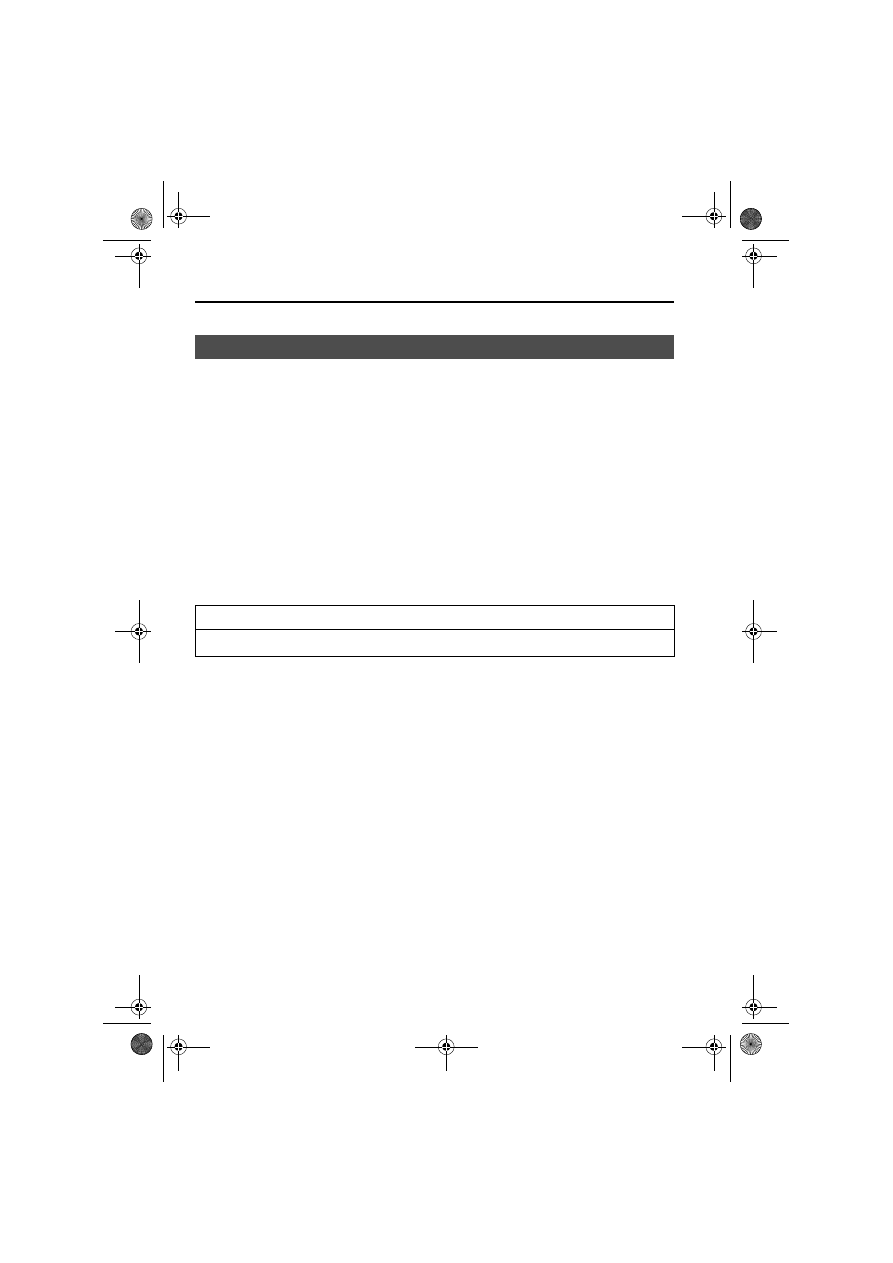Mazda 626 (2002 year). Instruction - part 15

9-8
Customer Information
Warranty
• New Vehicle Limited Warranty
• Distributor Major Component Limited Warranty (Canada only)
• Safety Restraint System Limited Warranty
• Anti-perforation Limited Warranty
• Federal Emission Control Warranty (U.S.A. only)
• Emission Defect Warranty
• Emission Performance Warranty
• California Emission Control Warranty (U.S.A. only)
• Emission Control Warranty (Canada only)
• Replacement Parts and Accessories Limited Warranty
• Tire Warranty
Warranties for Your Mazda
NOTE
Detailed warranty information is provided with your Mazda.